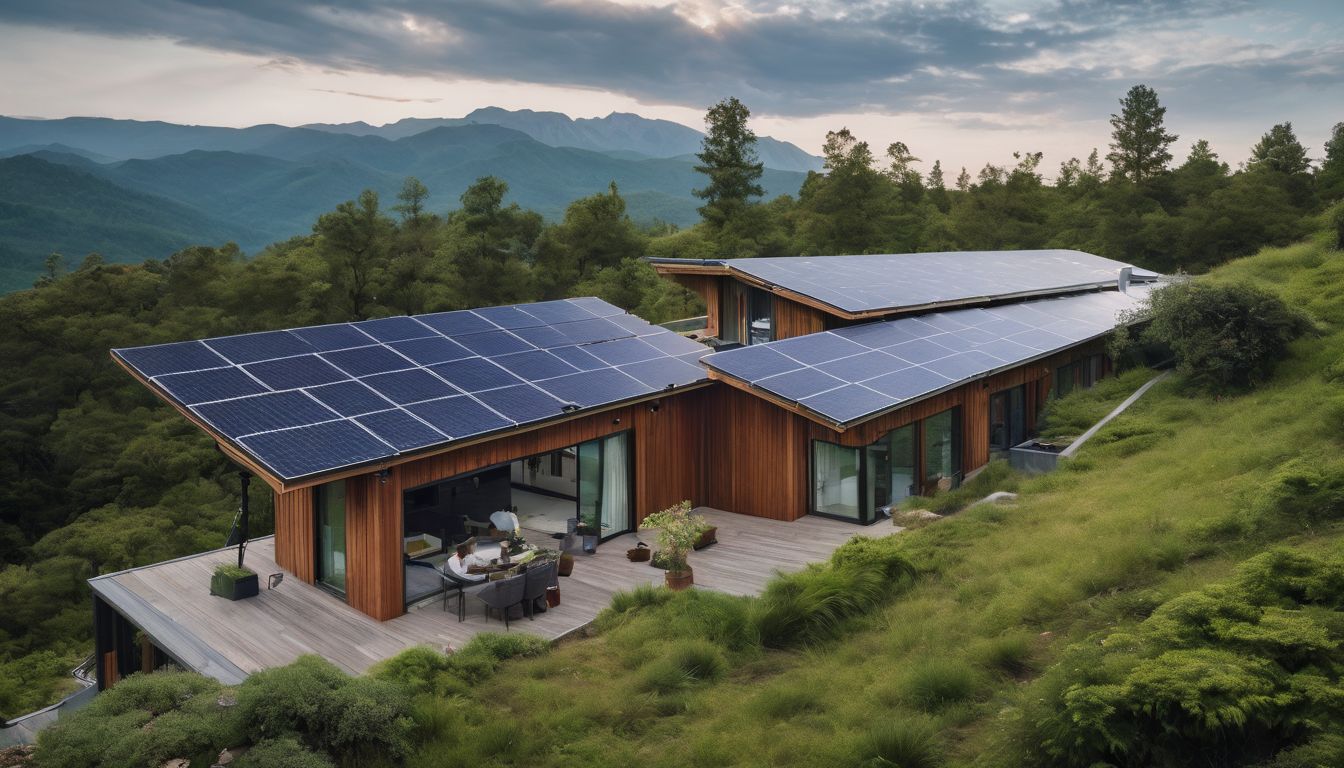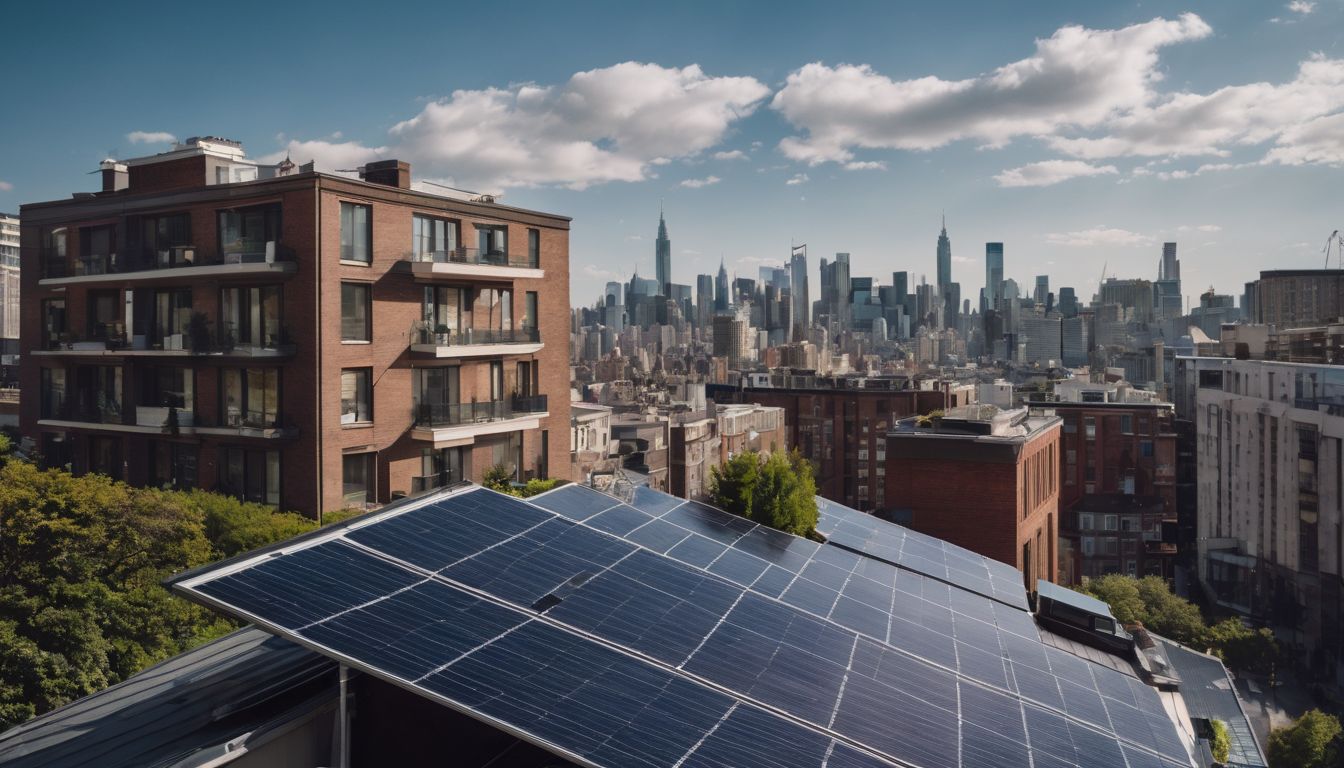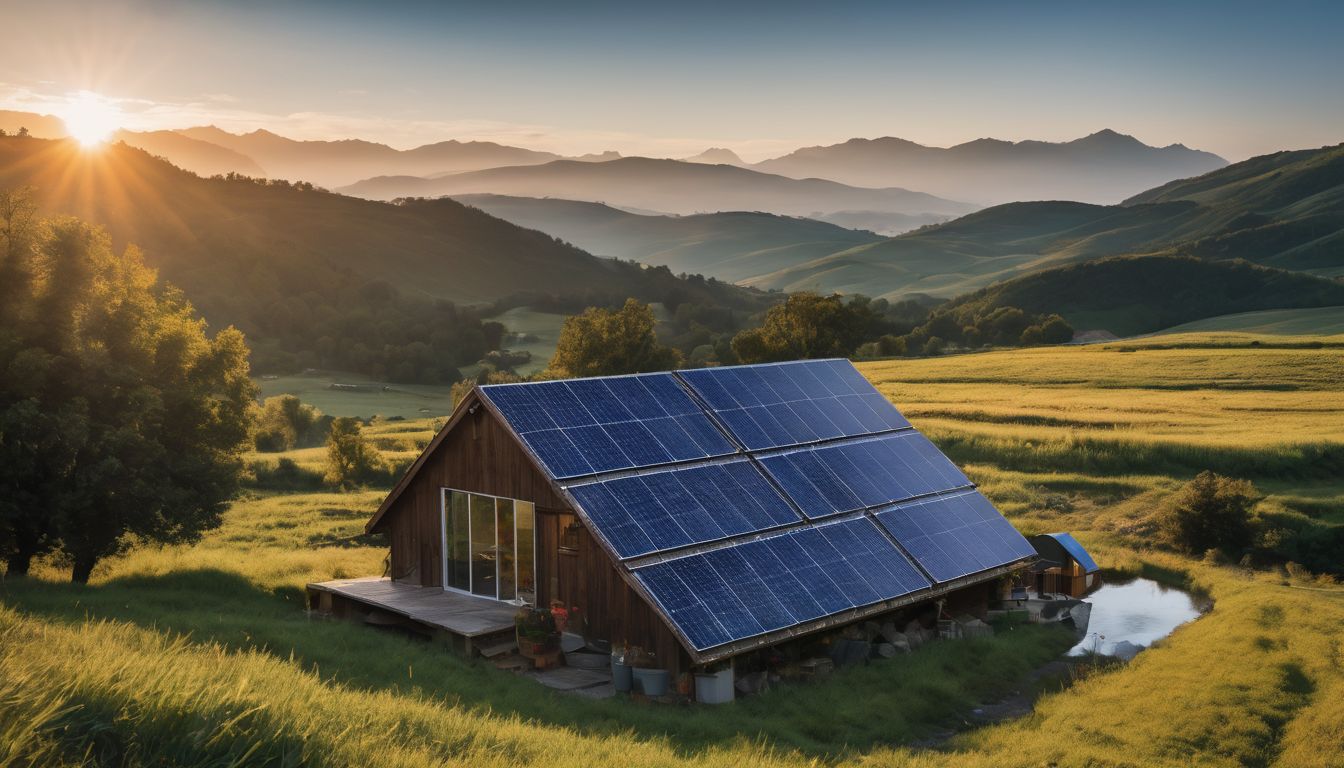Solar energy is one of the best ways to reduce your impact on the environment. However, not everyone wants to make the commitment or pay the high cost of the larger, pre-built solar panels. Fortunately, you can actually build your own small solar panel, which will help the environment, your wallet, and your brain.
Benefits for the environment: A small, build-it-yourself size solar panel, while probably unable to power your home, can help you reduce the electricity you use every month from the electric company, which gets the majority of its power from non-renewable resources.
Benefits for your wallet: Solar panels, while good for the environment, can cost a lot of money. Making one yourself will save you around 60% the cost of a pre-built solar panel.1 Plus, you can save the money that you would have added to the electricity bill by using your solar panel to power your small gadgets and appliances.2
Benefits for your brain: Everyone is talking about solar, but not everyone really understands how solar works. By building a solar panel yourself, you can proudly show off your knowledge and skills to your environmentally-conscious friends. Plus, if you ever decide to, you can apply much of the same techniques found here in order to build a much larger solar panel that can actually help to power your home.
Cost: Medium
The cost of this project depends largely on how much power you intend to get out of the solar panel. The more cells you use, the higher the charge power, and also the higher the price. Additionally, much of the cost depends on how many materials you already have at home that can be used for other projects.
Time and Effort: Medium
The actual project should not take much effort, but acquiring the materials might take some time. Also, being careful with the fragile solar cells requires some skill and effort, so be sure not to do this project while in a hurry.
Materials3:
Tabbedphotovoltaic cells (copper indium selenide cells)
Deep picture frames or shadow boxes
Clear plastic cover or glass (hopefully came with the frame)
Soldering iron
Solder
Popsicle Stick
Black insulated wire
Red insulated wire
Uninsulated wire
Multimeter
RTV Silicone
Schottky diode (if over 24V)
AC inverter (if using solar panel to run appliances)
Battery holder (if using solar panel to charge batteries)
Instructions:
- Buying the photovoltaic cells: There are many kinds of photovoltaic cells, but the easiest ones to work with are tabbed copper indium selenide cells, which require the least amount of soldering. They cost $3.50 a piece online: http://www.goldmine-elec-products.com/prodinfo.asp?number=G16394. How many cells you want to buy depends on how much charge you want to get, and if you want to get 12 V, you can use 12 solar cells in a four-by-three pattern, with three parallel wires of four cells.4
- Positioning the cells: Lay the solar cells face down onto the plastic sheet, so that the side with the lines will be facing the sun. To increase the voltage, line the cells in a series (all on one wire), and to increase the current, line the cells in parallel (each connecting to separate parallel wires).5
- Connecting the cells: Each solar cell has a positive and negative side. In order for any current to flow across the cells in a series, the negative side (usually the black side with the lines) must be connected to the positive side (the side without any lines)6 through the tabs on the side.7 This means all the tabs should be pointing towards the same direction. It also means the tabs should all go from the top of the cell to the bottom of the next or all go from the bottom of the cell to the top of the next.8
- Soldering the tabs together: Partially peel back the tab of a solar cell. Using a soldering iron, wet the end of the tab with some solder. Quickly use a popsicle stick to press the bottom of the cell onto the tab. Repeat the process until all of the cells are attached in a series, with tabs sticking off of the end cells.9
- Gluing the cells to the frame: Dab some silicone glue to the backs (sides facing up) of all the solar cells. Do not let any silicone get between the cells and the glass or plastic, since this cuts down on the amount of sunlight the cells can use.10 Align the frame onto the cover and press down, allowing the backs of the cells to glue to the frame. Then, flip the entire structure over, so that the clear glass or plastic cover sits on top of the frame. Take off the clear glass or plastic cover.11
- Connecting the wires: There should be tabs sticking out of the cells on both sides of the panel. All the tabs on one side should be negative, and all the tabs on the other side should be positive. The negative tabs will now be attached to the tops of the cells (sides with lines) and the positive tabs will be sticking out from under the bottom of the cells. Using a soldering iron, solder a wire connecting across all the negative tabs. Decide which side of the panel you want the cords to stick out of. Solder the end of a long black insulated wire to the corner or center of the exposed wire which is closest to that side and glue the wire along its path towards that side, leaving enough wire to connect to an AC adapter or battery holder. Repeat this process for the positive tabs with a red insulated wire. 12;13 Once you place the glass cover on top, there should now be two wires hanging down from the solar panel, one black and one red.
- Attaching a blocking diode: You may want to attach a diode if your entire solar panel will create more than 24 volts of charge. A diode basically prevents current from flowing back towards the panel at night. Since these diodes reduce voltage, a 12 V system would actually lose more voltage to the diode than it would to any reverse current. If your system creates more than 24 V of charge, you should attach a low loss Schottky blocking diode to the positive wire between the fuse and the battery.14
- Hooking up the solar panel: How to hook up the rest of the solar panel depends on what you want to use it for. Place the solar panel in the sun, and, using a multimeter, measure the amount of voltage and current coming through the wires. Look at any gadgets or small appliances you want to use, and look at the energy specifications to determine whether you can use them. If you want to use the solar panel to directly power these gadgets, then attach the wires to an AC inverter, which converts the energy into power outlets where appliances can get plugged in. On the other hand, if you want the solar panel to charge rechargeable batteries, attach the wires to a battery holder. For both the AC inverter and battery holder, be careful to make sure the red wire is attached to the positive terminal and the black wire is attached to the negative terminal.15
- Using the solar panel: In order to get the maximum effect, be sure to place the solar panel in a very sunny part of your home or backyard. Once you’ve hooked up the solar panel, you can use it to power lights, fans, radios, and even small televisions.16 Or, if you use it to recharge batteries, you can use it to power whatever you need batteries for, like remotes, mp3 players, and cameras.
Get out there and make your own solar power!




